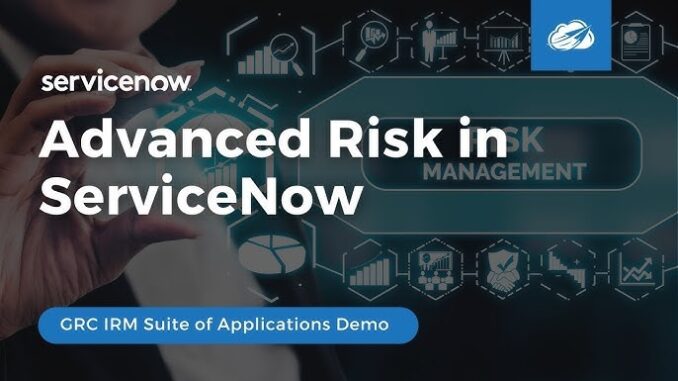
In the modern business lexicon, innovation is a word that is both celebrated and sought after. Companies spend billions on research and development, holding brainstorming sessions and setting up incubators in a relentless quest to find the next big idea. Yet, for all this effort, true, disruptive innovation often remains elusive. The reason is simple: most organizations are designed to minimize risk, while innovation, by its very nature, demands that we embrace it. It’s a paradox that sits at the heart of business growth. We want the rewards of innovation, but we often shy away from its fundamental prerequisite—the courage to fail, the willingness to venture into the unknown, and the readiness to put capital, reputation, and security on the line. Risk is not just an obstacle to be managed; it is the real, indispensable fuel that powers every significant leap forward.
Risk is what separates incremental improvements from transformative change. An incremental change, like making a product 5% faster or cheaper, can be achieved with minimal risk. You know the outcome, you can predict the market response, and you can mitigate most of the potential downsides. While valuable, these changes rarely alter the competitive landscape. True innovation, however, is a different beast entirely. It involves questioning fundamental assumptions, exploring untested markets, and building solutions for problems that customers don’t even know they have yet. Think about the initial decision to invest in a search engine in an era dominated by web directories, or to launch a smartphone with no physical keyboard. These weren’t safe bets; they were massive gambles. The people behind these ideas had to risk their credibility, their time, and their resources on a vision that, to many, seemed absurd. This willingness to bet big on an unproven idea is the very essence of risk, and it is what unlocks the potential for extraordinary returns.
The act of embracing risk also fosters a **culture of psychological safety**, which is essential for creative thinking. In an environment where the fear of failure is paramount, employees are incentivized to play it safe. They will stick to proven methods, avoid suggesting radical ideas, and focus on delivering predictable results. This may maintain stability, but it’s the enemy of innovation. When leaders create a culture where taking a calculated risk is not only accepted but celebrated, they unlock the full creative potential of their teams. A team member who feels safe enough to propose a wild idea, knowing they won’t be punished if it doesn’t work out, is far more likely to stumble upon a truly groundbreaking concept. This doesn’t mean encouraging reckless behavior; it means fostering a mindset where failure is viewed as a learning opportunity, an essential part of the journey toward success. This is the difference between an organization that is merely efficient and one that is truly pioneering.
Furthermore, risk-taking is how a business can **forge a unique competitive advantage**. When every company in an industry is following the same safe, predictable path, a leader who is willing to deviate can create an entirely new market. This is what we saw with disruptors like Netflix, who risked their entire business model by moving from a DVD-by-mail service to a streaming platform. It was a massive financial and operational gamble, but it was a risk that their competitors were unwilling to take at the time. By making that bold move, Netflix not only protected itself from an inevitable shift in technology but also created a commanding lead that its rivals are still struggling to overcome. In a world where competition is fierce and the barrier to entry for many industries is low, the ability to take a calculated, strategic risk is perhaps the most powerful and enduring form of differentiation. It is what allows a business to define its own future, rather than simply reacting to the present.
Ultimately, the lesson is not to become a reckless gambler, but to become a **strategic risk-taker**. This means understanding the difference between a foolish leap of faith and an educated guess based on deep market insights and a clear vision. It involves careful planning, a willingness to gather feedback, and an understanding of the potential downsides. But crucially, it also requires the courage to move forward despite the fear and uncertainty. The most successful businesses in history weren’t built by people who played it safe; they were built by people who saw risk not as a threat to be avoided, but as an opportunity to be seized. By reframing our relationship with risk, we can stop seeing it as a necessary evil and start seeing it for what it truly is: the dynamic force that drives progress, ignites creativity, and ultimately, builds the future.